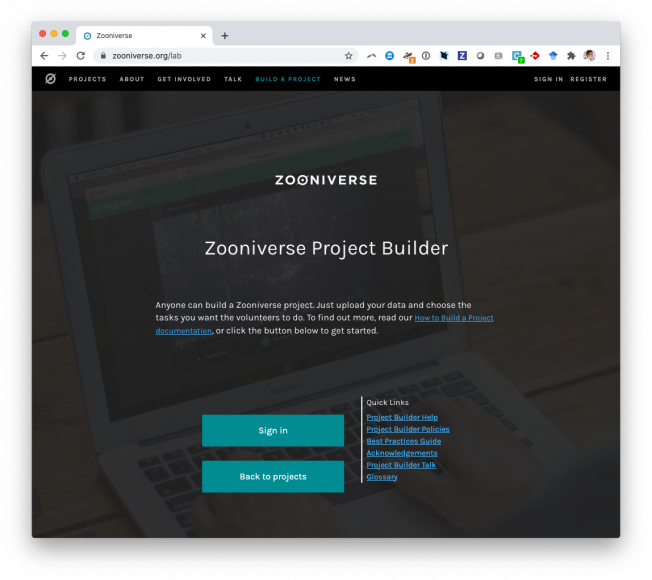The milky way project and atlasgal: The distribution and physical properties of cold clumps near infrared bubbles
Astrophysical Journal 825:2 (2016)
Abstract:
© 2016. The American Astronomical Society. All rights reserved. We present a statistical study of the distribution and physical properties of cold, dense material in and around the inner Galactic Plane near-infrared bubbles as cataloged by the Milky Way Project citizen scientists. Using data from the Atacama Pathfinder Experiment (APEX) Telescope Large Area Survey of the Galaxy 870 μm survey, we show that 48 ± 2% of all cold clumps in the studied survey region (|l| ≤ 65°, |b| ≤ 1°) are found in close proximity to a bubble, and 25 ± 2% appear directly projected toward a bubble rim. A two-point correlation analysis confirms the strong correlation of massive cold clumps with expanding bubbles. It shows an overdensity of clumps along bubble rims that grows with increasing bubble size, which shows how interstellar medium material is reordered on large scales by bubble expansion around regions of massive star formation. The highest column density clumps appear to be resistent to the expansion, remaining overdense toward the bubbles' interior rather than being swept up by the expanding edge. Spectroscopic observations in ammonia show that cold dust clumps near bubbles appear to be denser, hotter, and more turbulent than those in the field, offering circumstantial evidence that bubble-associated clumps are more likely to be forming stars. These observed differences in physical conditions persist beyond the region of the bubble rims.Galaxy Zoo: Mergers - Dynamical models of interacting galaxies
MONTHLY NOTICES OF THE ROYAL ASTRONOMICAL SOCIETY 459:1 (2016) 720-745
The Moon Zoo citizen science project: Preliminary results for the Apollo 17 landing site
ICARUS 271 (2016) 30-48
Playing with science
Aslib Journal of Information Management Emerald 68:3 (2016) 306-325
A generalized approach for producing, quantifying, and validating citizen science data from wildlife images
Conservation biology : the journal of the Society for Conservation Biology Wiley 30:3 (2016) 520-531



